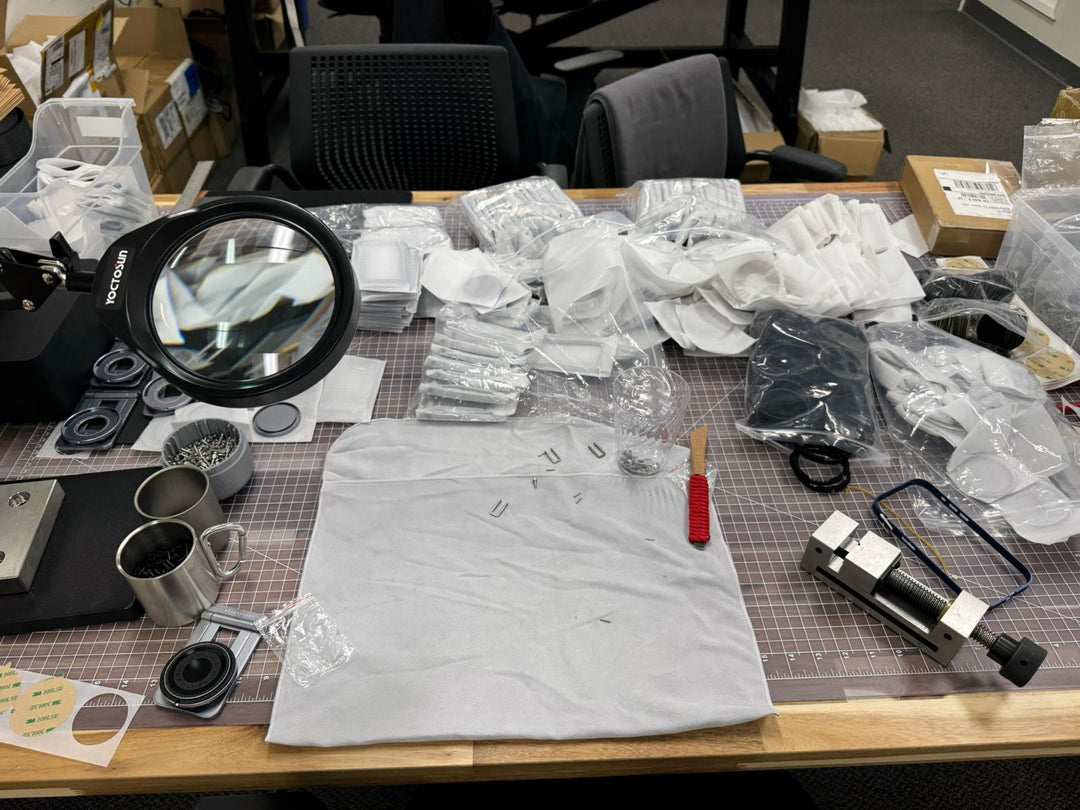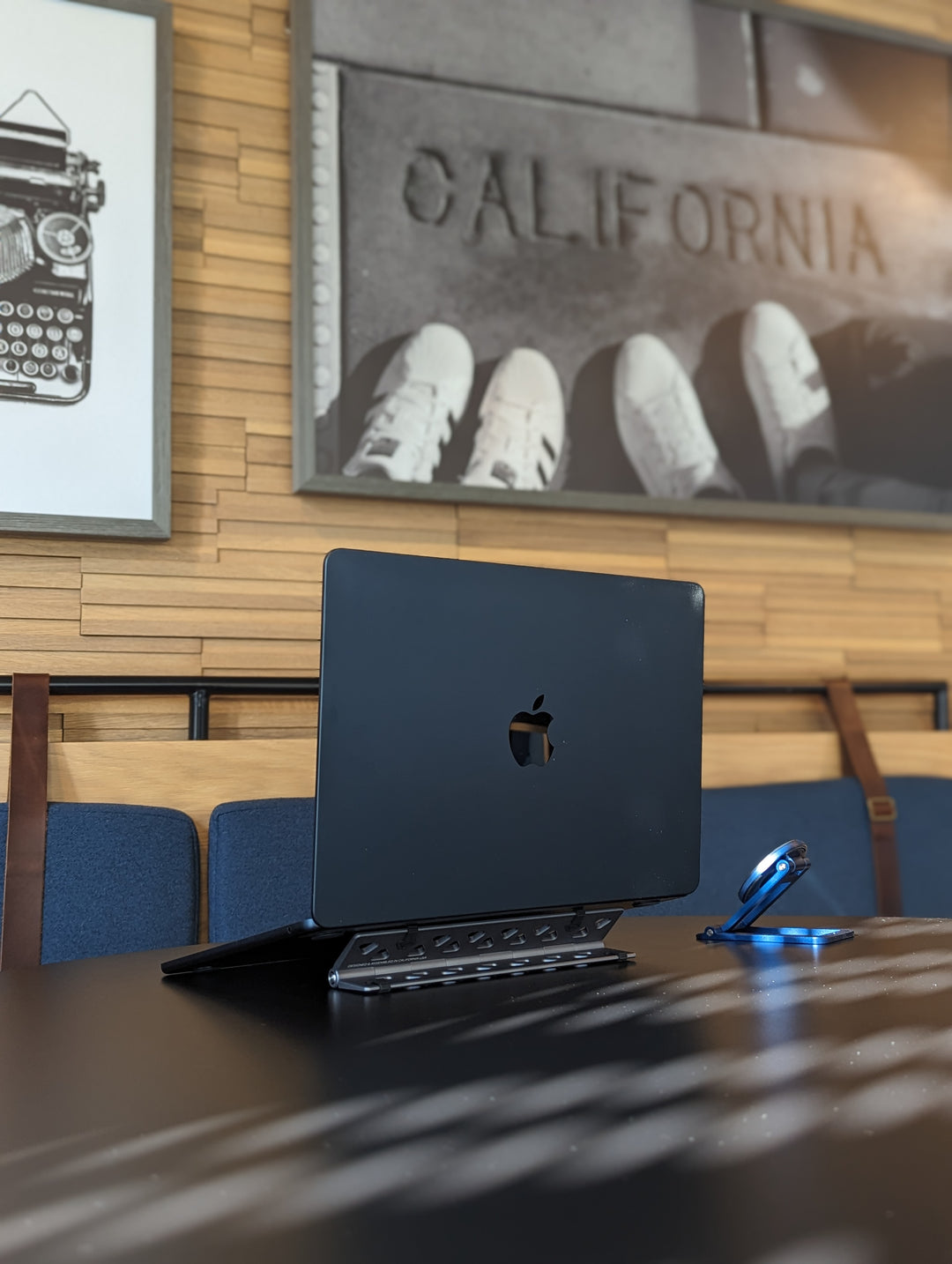Bulletproof Structures: The Science Behind the Innovative Multi-Layered Design

Title Image Source: Steve Levine, “Bulletproof Glass Saved Life” https://abc6onyourside.com/news/local/clerk-says-bullet-proof-glass-saved-her-life-during-attempted-robbery
Do you want to know more about the functioning of structures that can withstand bullets, shrapnel, and other projectiles? Bulletproof structures are specifically designed to offer effective resistance against these objects. One popular and successful type of bulletproof construction is the sandwiched structure, which involves the combination of various layers of hard and soft materials to create a highly durable and resistant surface. In this regard, we will delve deeper into the scientific principles that underlie bulletproof technology.
The multi-layered sandwich structure is a unique feature of bulletproof technology that functions by distributing the impact force across multiple layers of diverse materials. The external hard layer is typically composed of ceramic, steel, or titanium, materials that can halt high-speed projectiles. When struck, the outer layer fractures or deforms the projectile, dispersing its energy over a broader surface and lowering its velocity.

Image Source: Secur*Glass, “How Bulletproof Glass Works”, https://armored-glass.com/blog/how-bulletproof-glass-works/
Beneath the hard outer layer is a softer layer, which is typically made from materials such as Polycarbonate, Kevlar, or other high-tensile-strength materials. This layer absorbs the remaining kinetic energy from the projectile, slowing it down further and preventing it from penetrating the underlying layers.
The multi-layered structure that incorporates materials with distinct properties is extremely efficient because it merges the superior qualities of both hard and soft materials. The rigid external layer offers exceptional defense against high-speed projectiles, whereas the pliable internal layer absorbs and spreads the remaining kinetic energy. This combination of materials enables the creation of light and flexible bulletproof materials that can be conveniently utilized in numerous applications, such as body armor, vehicle armor, and construction materials.

Image Source: Total Security Solutions, “Comparing Forced-Entry, Blast-Rated And Bulletproof Glass”, http://www.tssbulletproof.com/blog/bulletproof-forced-entry-and-blast-rated-glass-differences
A significant advantage of the multi-layered sandwiched structure in bulletproof material is its customizability. It is possible to use various combinations of materials and layer thicknesses to develop bulletproof materials with different levels of protection tailored to the specific requirements of a given application.
The multi-layered sandwiched structure of bulletproof material is an ingenious and efficient method for producing extremely robust and resistant surfaces. By integrating layers of hard and soft materials, this material can provide dependable protection against various threats, making it an indispensable element in safeguarding people and assets.







Leave a comment